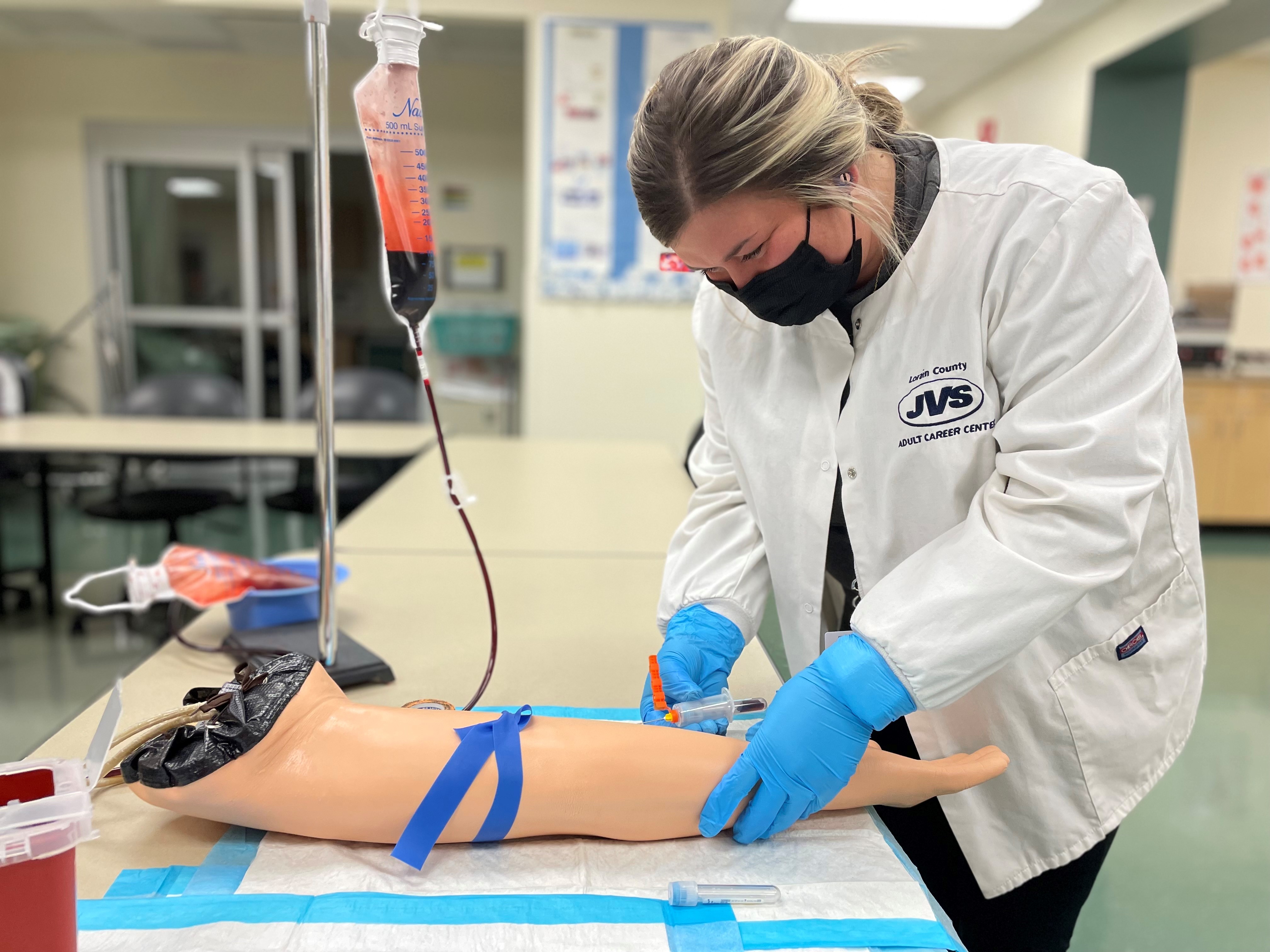Not known Details About Northeast Medical Institute - New Haven Campus Phlebotomy Course & Cna Class
Not known Details About Northeast Medical Institute - New Haven Campus Phlebotomy Course & Cna Class
Blog Article
How Northeast Medical Institute - New Haven Campus Phlebotomy Course & Cna Class can Save You Time, Stress, and Money.
Table of ContentsThe 7-Minute Rule for Northeast Medical Institute - New Haven Campus Phlebotomy Course & Cna ClassEverything about Northeast Medical Institute - New Haven Campus Phlebotomy Course & Cna Class4 Simple Techniques For Northeast Medical Institute - New Haven Campus Phlebotomy Course & Cna ClassSome Known Incorrect Statements About Northeast Medical Institute - New Haven Campus Phlebotomy Course & Cna Class Fascination About Northeast Medical Institute - New Haven Campus Phlebotomy Course & Cna ClassNortheast Medical Institute - New Haven Campus Phlebotomy Course & Cna Class Things To Know Before You Get This
The use of such tools should be gone along with by other infection prevention and control techniques, and training in their usage.For setups with reduced sources, expense is a motoring element in procurement of safety-engineered gadgets - Phlebotomy Classes. Where safety-engineered devices are not offered, knowledgeable use a needle and syringe serves. Unintentional exposure and specific details about an incident must be tape-recorded in a register. Support services must be advertised for those who undertake unintentional exposure.
labelling); transportation conditions; interpretation of results for clinical management. In an outpatient department or clinic, offer a specialized phlebotomy workstation containing: a tidy surface area with two chairs (one for the phlebotomist and the various other for the client); a hand wash container with soap, running water and paper towels; alcohol hand rub. In the blood-sampling area for an outpatient department or clinic, offer a comfortable reclining sofa with an arm remainder.
The Definitive Guide to Northeast Medical Institute - New Haven Campus Phlebotomy Course & Cna Class
Make sure that the signs for blood sampling are plainly defined, either in a composed procedure or in recorded directions (e.g. in a research laboratory form). At all times, adhere to the methods for infection prevention and control noted in Table 2.2. Infection prevention and control practices. Accumulate all the tools needed for the treatment and area it within secure and easy reach on a tray or cart, making sure that all the things are clearly noticeable.
Present yourself to the patient, and ask the client to state their full name. Inspect that the research laboratory type matches the person's identity (i.e. match the person's details with the lab type, to ensure accurate recognition).
Make the person comfortable in a supine placement (if feasible). The patient has a right to reject a test at any time before the blood tasting, so it is crucial to make sure that the person has actually comprehended the treatment - Phlebotomy Courses.
Indicators on Northeast Medical Institute - New Haven Campus Phlebotomy Course & Cna Class You Should Know
Expand the client's arm and inspect the antecubital fossa or lower arm. Find a vein of a good size that shows up, straight and clear. The representation in Area 2.3, shows typical placements of the vessels, however several variations are feasible. The average cubital capillary lies between muscular tissues and is typically the most very easy to puncture.
DO NOT put the needle where blood vessels are diverting, since this raises the chance of a haematoma. The vein must show up without using the tourniquet. Situating the blood vessel will assist in identifying the right size of needle. Apply the tourniquet about 45 finger widths over the venepuncture site and re-examine the vein.
Samplings from central lines bring a risk of contamination or wrong laboratory examination results. It is acceptable, however not perfect, to attract blood samplings when initial introducing an in-dwelling venous device, prior to connecting the cannula to the intravenous liquids.
The Definitive Guide to Northeast Medical Institute - New Haven Campus Phlebotomy Course & Cna Class
Allow the area to completely dry. Failure to enable sufficient get in touch with time enhances the risk of contamination. DO NOT touch the cleaned up site; particularly, DO NOT position a finger over the blood vessel to assist the shaft of the subjected needle. It the site is touched, repeat the sanitation. Do venepuncture as adheres to.
Ask the person to create a fist so the capillaries are more prominent. Get in the blood vessel promptly at a 30 degree angle or less, and proceed to present the needle along the capillary at the simplest angle of entry - Phlebotomy Training. When adequate blood has actually been gathered, release the tourniquet prior to taking out the needle
Indicators on Northeast Medical Institute - New Haven Campus Phlebotomy Course & Cna Class You Should Know
Withdraw the needle gently and use gentle pressure to the site with a clean gauze or completely dry cotton-wool ball. Ask the person to hold the gauze or cotton wool in position, with the arm expanded and raised. Ask the client NOT to flex the arm, due to the fact that doing so triggers a haematoma.

The 45-Second Trick For Northeast Medical Institute - New Haven Campus Phlebotomy Course & Cna Class
Do not push the syringe bettor due to the fact that added pressure enhances the risk of haemolysis. Where feasible, redirected here keep televisions in a shelf and relocate the rack in the direction of you. Infuse downwards into the suitable coloured stopper. DO NOT remove the stopper because it will certainly launch the vacuum. If the example tube does not have a rubber stopper, infuse exceptionally slowly right into the tube as minimizing the stress and speed made use of to transfer the sampling decreases the threat of haemolysis.

Report this page